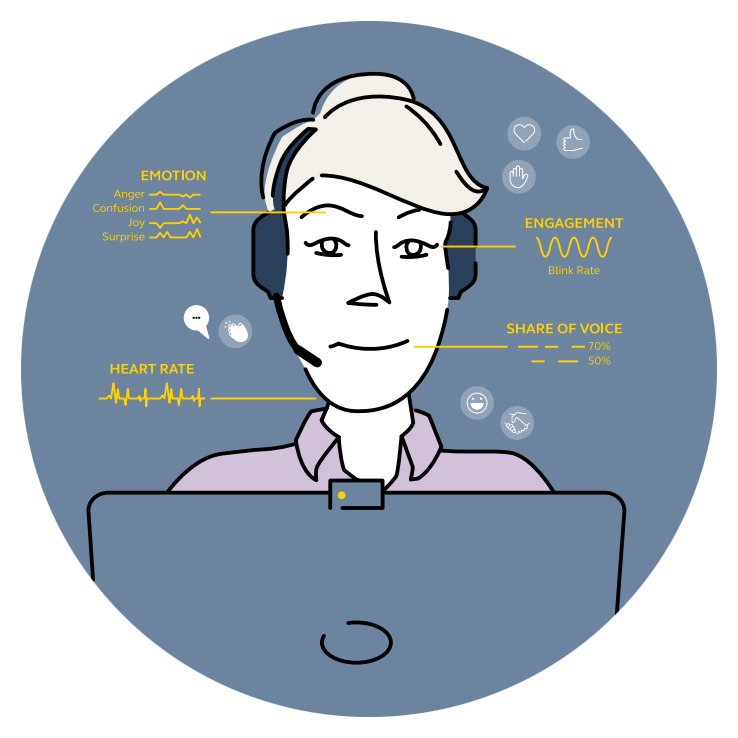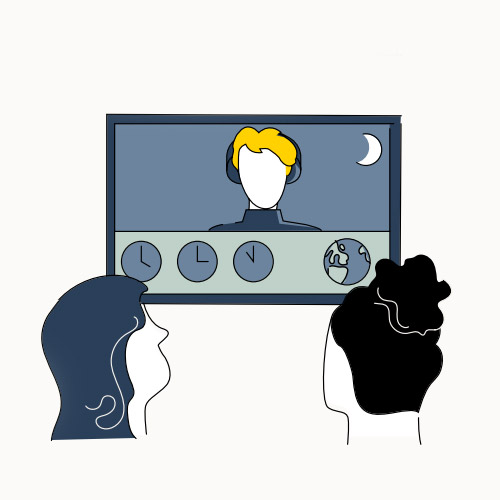Jabra Behavioural Study
Technology and its effect on meetings
Jabra recently conducted a study at the Behavioural Lab of LSE ( London School of Economics ) to measure the way in which the deployed technology affects those participating in business meetings in situ and remote.
LSE was the perfect choice for just such a study as they have a world class laboratory which has been designed to study human behaviour in a controlled environment, it regularly carries out research in the areas of human behaviour and wellbeing.
Jabra, formerly GN-Netcom have a long legacy in the design and manufacture of headsets, speakerphones and conferencing equipment for business and, hence, have every incentive to better understand both their customers and the way in which they interact with technology.

The reason for the investigation was that, over the past few years, workers are spending three times as much time in meetings. Obviously, as a meeting is all about the sharing of data, any lack of efficiency will affect that and will lead to wasted time and money.
WHAT WAS LEARNT FROM THE STUDY
PRESENT/ REMOTE PARTICIPATION
Many companies have actively encouraged ( or demanded ) that employees used to remote working post COVID, return to the office. This was predominantly based on the assumption that face to face communications enhanced engagement and led to greater efficiency.
The study found that in room users rated their interactions as far more productive than those of remote participants with figures of 56% higher engagement, 11% better expressiveness, 8% higher quality input, 16% more trust and 30% better ‘clarity of interaction’.
EQUIPMENT IN USE
Although it should be clear to anyone that good audio and video are crucial for those in a meeting, it was found that only 29% of workers had been supplied a professional headset. Similarly less than 20% of workers used a dedicated webcam, relying instead on a laptop’s integral webcam which are vastly inferior.
In the initial stages of the study it was shown that remote workers were less well perceived by their locally participating counterparts. However, once supplied with top quality equipment ( in this instance a Jabra Evolve2 85 and a PanaCast 20 ) their perceived level of engagement was doubled. Similarly the actual remote user felt far more engaged themselves and considered the meeting experience ( enhanced by Jabra’s Dynamic Composition ) all the richer. Being able to clearly see the faces of all those in the meeting allowed a greater feelings of both comprehension and empathy which was reported to result in better results and more positive interactions.
The study also suggested that mixed technology caused raised levels of stress and fatigue for remote participants, whilst the cognitive load was minimised by the deployment of ‘same level’ professional technology.


TRUST
As in all areas of life, in business trust is a highly important component of communications. Jabra’s study supported the theory that the use of high quality technology increases the trust shown towards the work from home employee. Further, by monitoring remote workers’ blink rates ( in a process called endogenous eye-blink and gaze-pattern analysis ) it was suggested that hybrid workers are far more likely to display signs of fatigue
IN CONCLUSION
The Jabra/ LSE study really highlighted the link between the implementation of technology in meetings and participant satisfaction and efficiency – it is clear that bringing people together face to face is the ultimate way in which to increase engagement whilst optimal deployment of technology can blur the line between remote and in house, bringing all parties together in a richer environment.
Potentially, in the future, with the rapid rise of both VR and AI, the location of the participant will cease to be distinguishable.

